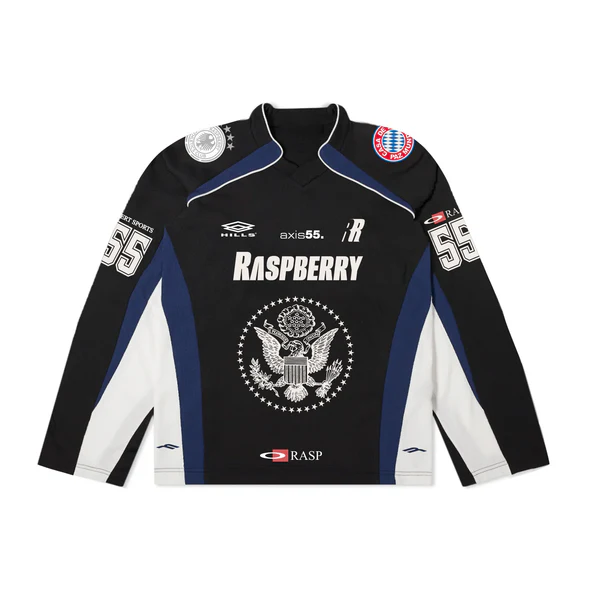As the world moves toward greener solutions for heating and energy efficiency, many homeowners are exploring options like External Wall Insulation (EWI) and air source heat pumps. This article will provide an overview of EWI insulation grants and delve into What Is Air Source Heating, highlighting their benefits and how they contribute to energy efficiency.
What Is External Wall Insulation (EWI)?
EWI Insulation Grants involves adding a layer of insulation to the exterior walls of a building. This technique helps to reduce heat loss, making homes warmer and more energy-efficient. EWI systems typically consist of insulation boards, a base coat, and a decorative finish, allowing for both thermal performance and aesthetic improvement.
Benefits of EWI
Energy Efficiency: By minimizing heat loss, EWI can significantly lower energy bills, making homes more cost-effective to heat.
Improved Comfort: Better insulation leads to a more stable indoor temperature, enhancing overall comfort.
Aesthetic Appeal: EWI can improve the external appearance of a property, increasing its curb appeal and potentially its market value.
Noise Reduction: Insulation can help reduce outside noise, creating a quieter indoor environment.
EWI Insulation Grants
To encourage energy efficiency upgrades, many governments and local authorities offer grants and financial incentives for homeowners looking to install EWI. These grants can help cover some or all of the costs associated with insulation projects, making them more accessible.
Types of Grants Available
Government Schemes: Various national programs provide funding or incentives for energy efficiency improvements, including EWI.
Local Authority Grants: Many local councils have their own schemes to support residents in making their homes more energy-efficient.
Energy Company Obligation (ECO): This program requires energy suppliers to provide funding for energy-saving measures, including insulation, to low-income households.
How to Apply
Research Available Grants: Check government websites and local authority resources for current grant options.
Get a Home Assessment: Some grants may require an energy assessment of your home to determine eligibility.
Choose a Qualified Contractor: Work with accredited professionals who are familiar with the grant application process.
Submit Your Application: Follow the guidelines provided by the grant program, ensuring all necessary documentation is included.
What Is Air Source Heating?
Air source heating, often referred to as air source heat pumps (ASHPs), is a technology that extracts heat from the outside air and transfers it indoors for heating or cooling. ASHPs are versatile systems that can be used in residential and commercial settings, providing an energy-efficient alternative to traditional heating methods.
How Air Source Heat Pumps Work
Air source heat pumps operate on the principle of heat transfer using a refrigeration cycle, which consists of four main components:
Evaporator: Absorbs heat from the outside air.
Compressor: Increases the temperature and pressure of the refrigerant gas.
Condenser: Releases heat into the indoor space.
Expansion Valve: Reduces the pressure of the refrigerant, allowing it to return to the evaporator.
Benefits of Air Source Heating
Energy Efficiency: ASHPs can produce more heat than the electricity they consume, making them highly efficient.
Lower Carbon Footprint: Using renewable heat sources helps reduce greenhouse gas emissions.
Dual Functionality: Many ASHPs can provide both heating and cooling, making them versatile for year-round use.
Government Incentives: Similar to EWI, there are often grants and subsidies available for installing air source heat pumps.
Combining EWI and Air Source Heating
Integrating EWI insulation with air source heating can significantly enhance a home’s energy efficiency. By improving insulation, you reduce the heating demand, allowing the air source heat pump to operate more effectively. This combination can lead to lower energy bills, improved comfort, and a reduced environmental impact.
Steps to Implement Both Solutions
Conduct an Energy Audit: Assess your home’s current energy performance to identify areas for improvement.
Install EWI: Choose a qualified contractor to install external wall insulation, enhancing the thermal efficiency of your home.
Choose an ASHP: Select an air source heat pump that meets your heating and cooling needs.
Professional Installation: Ensure both systems are installed by certified professionals to maximize efficiency and effectiveness.
Conclusion
EWI insulation grants and air source heating represent significant opportunities for homeowners to improve energy efficiency, reduce costs, and contribute to a more sustainable future. By taking advantage of available grants and investing in these technologies, you can enhance your home’s comfort while making a positive impact on the environment. As energy efficiency becomes increasingly important, exploring these options is not just beneficial but essential for modern living.


